Nanodiamonds as novel nanomaterials for biomedical applications: drug delivery and imaging systems
- PMID: 23326195
- PMCID: PMC3544342
- DOI: 10.2147/IJN.S37348
Nanodiamonds as novel nanomaterials for biomedical applications: drug delivery and imaging systems
Abstract
Detonation nanodiamonds (NDs) are emerging as delivery vehicles for small chemical drugs and macromolecular biotechnology products due to their primary particle size of 4 to 5 nm, stable inert core, reactive surface, and ability to form hydrogels. Nanoprobe technology capitalizes on the intrinsic fluorescence, high refractive index, and unique Raman signal of the NDs, rendering them attractive for in vitro and in vivo imaging applications. This review provides a brief introduction of the various types of NDs and describes the development of procedures that have led to stable single-digit-sized ND dispersions, a crucial feature for drug delivery systems and nanoprobes. Various approaches used for functionalizing the surface of NDs are highlighted, along with a discussion of their biocompatibility status. The utilization of NDs to provide sustained release and improve the dispersion of hydrophobic molecules, of which chemotherapeutic drugs are the most investigated, is described. The prospects of improving the intracellular delivery of nucleic acids by using NDs as a platform are exemplified. The photoluminescent and optical scattering properties of NDs, together with their applications in cellular labeling, are also reviewed. Considering the progress that has been made in understanding the properties of NDs, they can be envisioned as highly efficient drug delivery and imaging biomaterials for use in animals and humans.
Keywords: carriers; dispersion; fluorescence; light scattering; surface functionalization; toxicity.
Figures

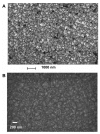
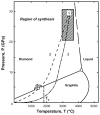

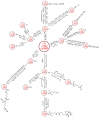




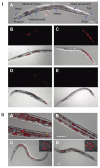
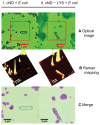
References
-
- Shenderova OA, McGuire G. Types of nanocrystalline diamond. In: Shenderova OA, Gruen DM, editors. Ultrananocrystalline Diamond: Synthesis Properties and Applications. New York, NY: William Andrew; 2006. pp. 79–114.
-
- Mochalin VN, Shenderova O, Ho D, Gogotsi Y. The properties and applications of nanodiamonds. Nat Nanotechnol. 2012;7(1):11–23. - PubMed
-
- Gracio JJ, Fan QH, Madaleno JC. Diamond growth by chemical vapour deposition. J Phys D Appl Phys. 2010;43:374017.
-
- Philip J, Hess P, Feygelson T, et al. Elastic, mechanical, and thermal properties of nanocrystalline diamond films. J Appl Phys. 2003;93(4):2164–2171. Available at: http://dx.doi.org/10.1063/1.1537465. - DOI
-
- Zhou D, Gruen DM, Qin LC, McCauley TG, Krauss AR. Control of diamond film microstructure by Ar additions to CH4/H2 microwave plasmas. J Appl Phys. 1998;84(4):1981–1989.
Publication types
MeSH terms
Substances
LinkOut - more resources
Full Text Sources
Other Literature Sources
Medical

